The Horizontal Baling Machine: An Engine of Efficiency in Recycling and Waste Management
In the bustling world of recycling centers, manufacturing plants, and distribution warehouses, one piece of equipment stands as a cornerstone of operational efficiency and environmental responsibility: the horizontal baling machine. This powerful workhorse is engineered to compress massive volumes of loose, recyclable, or waste materials into dense, manageable, and transportable bales. Unlike its vertical counterpart, the horizontal baler operates on a, as the name implies, horizontal plane, with a ram that moves side-to-side to compress material within a long, fixed chamber. The core principle of a horizontal baler is both straightforward and highly effective. Material, such as cardboard, paper, plastic film, textiles, or non-ferrous metals like aluminum cans, is fed into an open hopper, typically by a conveyor belt or by manual loading. Once the chamber reaches a predetermined fill level, either manually initiated or through an automated system, the hydraulic ram engages. This ram, a formidable slab of steel powered by a high-pressure hydraulic system, travels the length of the chamber, exerting immense force to compress the loose material. This cycle may repeat several times to achieve optimal density. Finally, the machine automatically ties the compressed block with wires or straps, ejecting a perfectly formed, rectangular bale ready for handling. The advantages of deploying a horizontal baler are substantial and multifaceted. Primarily, they deliver unparalleled volume reduction. By compacting materials, they drastically cut down on storage space and transportation costs. What once filled an entire truckload of loose cardboard can be condensed into a few neat, stackable bales. This directly translates to lower hauling fees and more organized facility layouts. Furthermore, these dense bales are a valuable commodity. Recyclers and mills pay premium prices for clean, well-compacted bales, turning a waste stream into a revenue stream. Horizontal balers also enhance workplace safety and hygiene by containing loose debris, reducing fire hazards, and minimizing clutter. There are two main configurations to suit different operational scales. The two-ram, or "closed-door," baler is the powerhouse for high-volume applications. It features a pre-press chamber that pre-compacts material before the main ram forms the final bale, allowing for continuous feeding and maximum bale density. The single-ram, or "open-end," baler is a more compact solution, ideal for medium-volume operations, where material is fed and the single ram performs the entire compression and ejection process. From processing the endless stream of corrugated cardboard in retail backrooms to managing agricultural waste or preparing recyclables for shipment to foundries, the horizontal baling machine is an indispensable asset. It is a testament to practical engineering, transforming the logistical and economic challenges of waste management into a streamlined, ...
Read More


 Address : Mingjue Industry Park, Lishui District, Nanjing City, Jiangsu Province
Address : Mingjue Industry Park, Lishui District, Nanjing City, Jiangsu Province

 français
français русский
русский español
español العربية
العربية 日本語
日本語 Tiếng Việt
Tiếng Việt 中文
中文





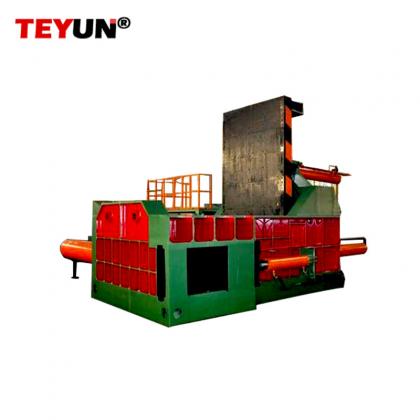
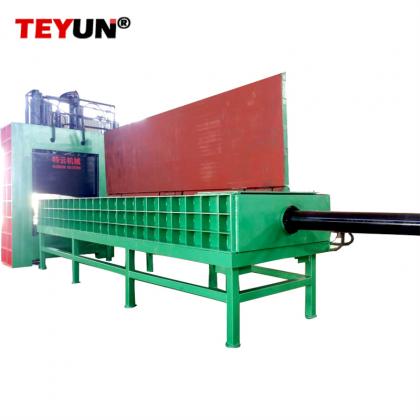

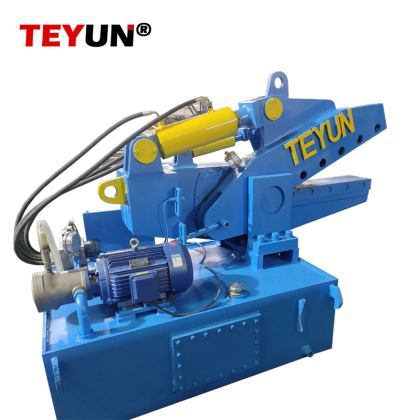
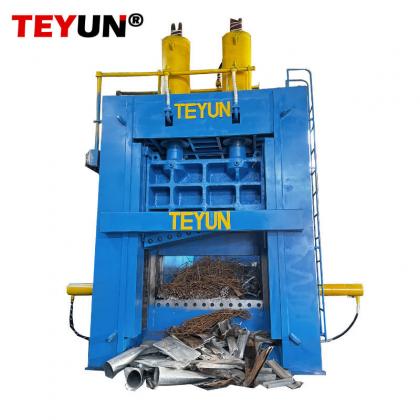
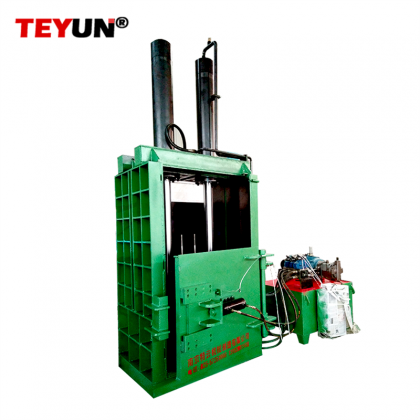
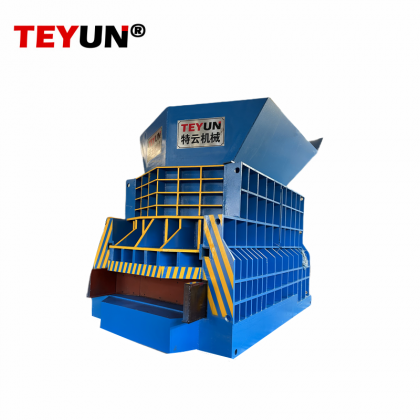
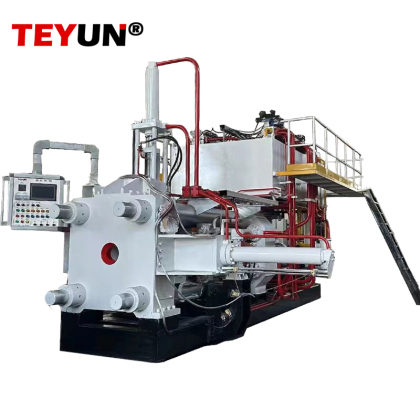

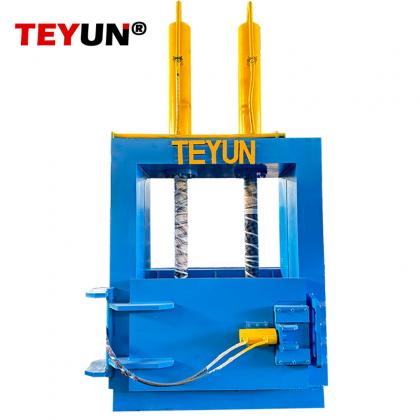
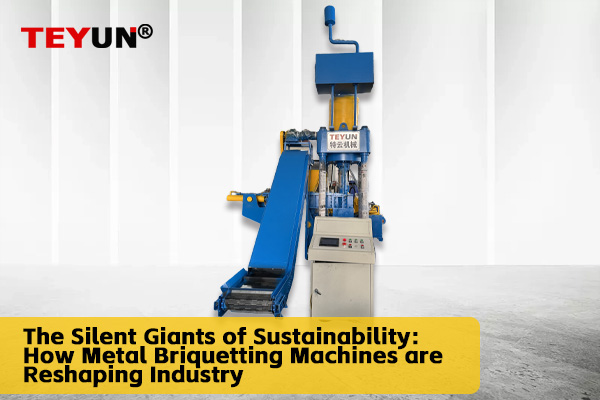


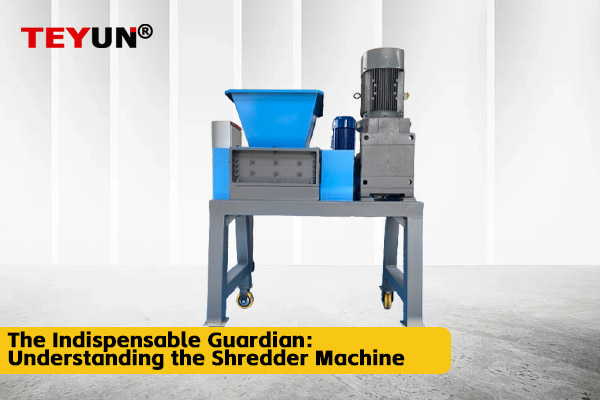

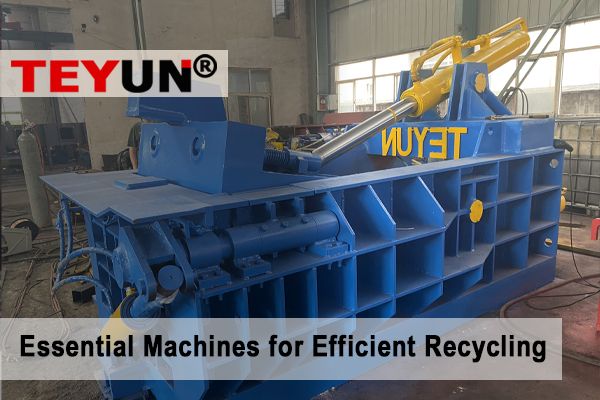
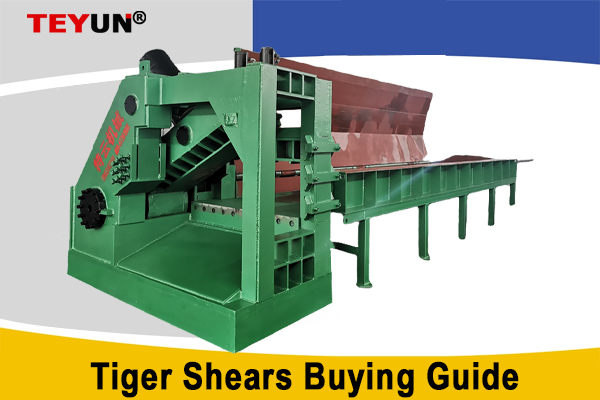
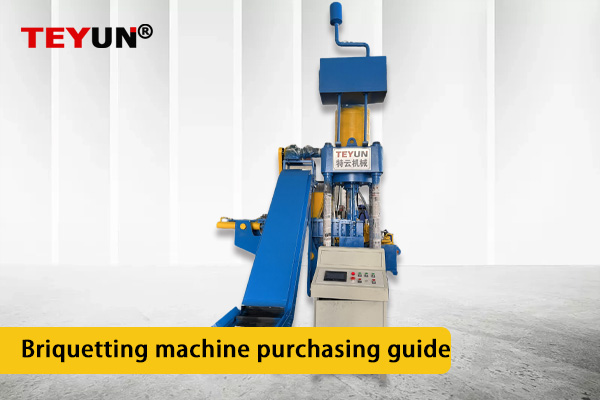
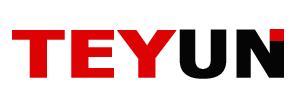
 IPv6 network supported
IPv6 network supported